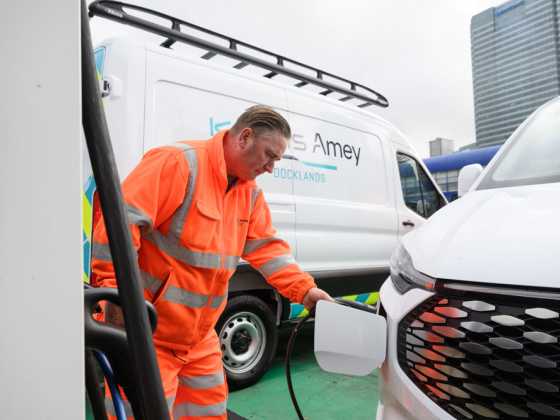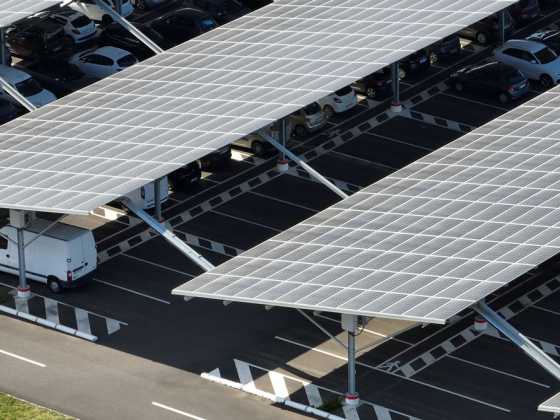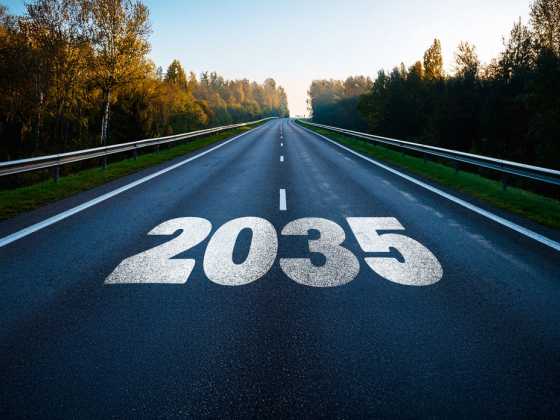Working towards 2030

The 2023 GreenFleet roundtable season kicked off at Reading Stadium on 22 February. A lively discussion was led by Rivus and Allstar, along with delegates from the public and private sector, as well as blue light services. As 2030 looms, it is becoming clear that there are some big topics still to be addressed, observes roundtable host Kate Armitage
Many public sector fleets have set 2030 as their net zero target. And with only seven years until the deadline is reached, we asked; is this target going to be met?
A lot has happened since the 2030 targets were originally set and the overall feeling was that the complexity of the challenge was not fully understood when the targets were set. The impact of the pandemic has created worldwide shortages of components which in turn has curtailed vehicle supply. And the current energy crisis has had a significant impact on the total cost of ownership; impacting the business case for electric in the short term.
One of the more progressive fleets, Oxford Direct Services, has already taken one third of the fleet zero emission. ODS transport manager, Owain Pearce, is currently reviewing the 2030 target. He believes that without significant additional budget 2030 is looking unlikely: “There are technical barriers but the biggest barrier is investment,” he said. He calculates that a 60-70 per cent reduction in emissions is possible although the increasing electricity costs is putting this estimate at risk further.
Fundamentally it is becoming clear that whilst some zero emission vehicles can achieve cost parity, becoming net zero by 2030 is going to require additional funding, particularly when you factor in the cost of the infrastructure.
Where are PHEVs in this picture?
We know that plug-in hybrid electric vehicles (PHEVs) will be removed from sale by 2035, however we are still waiting further clarity from government regarding what vehicles qualify as a PHEV for the crucial period 2030-35. In the meantime, there was a mixed response regarding the role that plug-in hybrids will play in fleets.
The general feeling was that PHEVs theoretically should provide a good segway into a full battery electric. However; the way the vehicles were sold historically (with a strong emphasis on subsidies and tax exemptions rather than reducing emissions) led to a haphazard approach to charging, with some vehicles reportedly never being charged up from mains electricity. On the flip side Brian Avery from Surrey Police reported excellent results from their BMW i3 range extended vehicles.
The paradox with PHEVs is that they should be charged as frequently as possible to ensure the highest possible zero-emission miles. However, BEV drivers often complain of PHEVs “blocking” public charging infrastructure.
Can we rely on hydrogen technology?
Fuel cell vehicle availability and hydrogen recharging infrastructure have been slow to develop, and our fleets are still keen to understand where and how hydrogen will be deployed. Fleet management partner Rivius currently has four FCEVs under management and the performance has worked well in some use cases, although Sarah Gray, head of EV and AFV at Rivus acknowledged that refuelling remains a challenge.
Patrik Borufka, fleet development manager at Thames Water is currently running a trial with ten electric vehicles, however he explained why hydrogen is more attractive; they have some 2,500 assets distributed across 162 sites, some in remote locations with insufficient electrical capacity. The journeys are unpredictable, and each vehicle has a high payload. It is also essential for all sites to be able to operate in electrical blackouts. At the moment Thames Water use diesel generators for back up power, and whilst battery storage is an option, it is unable to provide continuous power for long periods of time. Hydrogen storage on site can fuel not only the vans, but provide emission-free back-up power.
There has also been talk of shared hydrogen refuelling for the blue light services, who also need a resilient refuelling network.
Jacob Roberts, Zero Emission Vehicles and Clean Transportation Specialist at Cenex observed that a key challenge with hydrogen is that there are other potential applications and transport is not top of the list. As battery technology continues to improve, the case for hydrogen comes under further pressure (from an energy density and economics perspective).
Mixed messages for servicing and maintenance for plug-in vehicles
Full battery electric vehicles have claimed reduced maintenance costs due to less moving parts. However, most notably with vehicles that are still in R&D, such as the HGVs currently on trial, down time can be significant. Owain Pearce reported one of his larger vehicles had a 30 per cent downtime, which resulted in maintaining a backup vehicle layering in more work and cost.
Even for vehicles in production, shortages in parts, specialist types, skills shortages, plus the need to invest in additional equipment has led to delays getting vehicles back on the road and increasing costs. Rivus has tackled the skills shortage issue by setting up its own IMI approved training centre, fully capable of delivering IMI Level EV training. This can also be offered to independent garages and mechanics outside of Rivus.
Matthew Waller, EV solutions director for Allstar, added that Epyx (part of the Fleetcor/AllStar family) has tracked lifetime costs for EVs and they have seen reduced SMR costs for cars that are one to three years old. However, they don’t have enough data yet for Vans and HGVs to get a full picture.
Increasing importance of the battery state of health
Battery state of health is not getting the attention it deserves. Used EVs are still being valued using ICE metrics (mileage/age). But the EV market is maturing now and needs to realise that the battery state of health is a much more important metric. This data needs to be made readily available to the fleet owner to allow them to monitor and manage battery state-of-health across the fleet; this would allow fleets to reallocate vehicles that are showing battery degradation and if necessary offer more staff training on driving and recharging best practice.
Workplace infrastructure is scaling up
Tim Mansbridge, fleet manager at Hampshire Fire & Rescue Service has just completed a roll out of EV charging infrastructure across 60 of its sites. In total 240, 22kW AC chargepoints have been installed. Impressively, the project took just 14 months from beginning to end, and was supported by the Energy Saving Trust. Each site was assessed for suitability (electrical capacity) and crucially, every chargepoint has RFID access. The data is sent to a back office software platform that allows remote monitoring of usage (vehicles and drivers), electricity transferred, status of the chargepoint (ready, in use). It also alerts the chargepoint owner if there is an issue.
AC Charging works well for non-emergency vehicles that can recharge overnight, however larger vehicles or vehicles that are double or triple shifted may require a DC rapid charge. London Fire Brigade is trialing an all electric appliance with a 328 kWh battery; to support this they have installed a 150kW HPC. Power availability is a real issue, and Charlotte Smith, fleet technical officer at London Fire Brigade added that most sites don’t have sufficient electrical capacity, and they cannot be dependent on the public charging network. This remains a challenge.






